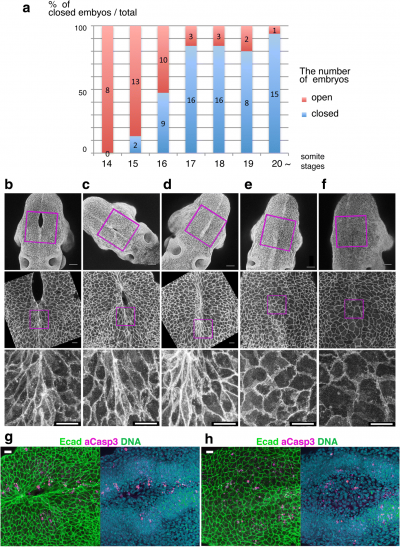User:Z5229132: Difference between revisions
| Line 18: | Line 18: | ||
[[User:Z5229132|Z5229132]] ([[User talk:Z5229132|talk]]) | [[User:Z5229132|Z5229132]] ([[User talk:Z5229132|talk]]) | ||
Group 4, Cardiac: | '''Group 4, Cardiac:''' | ||
You need to make both your “Introduction” and Development of the Cardiovascular System” headings proper headings using the “==“ signs either side. This development section otherwise is very well laid out and comprehensible. I like your use of video and the way you have done a week-by-week breakdown. | You need to make both your “Introduction” and Development of the Cardiovascular System” headings proper headings using the “==“ signs either side. This development section otherwise is very well laid out and comprehensible. I like your use of video and the way you have done a week-by-week breakdown. | ||
Revision as of 21:19, 6 October 2018
Peer Assessment assignment:
Group 1, Adrenal Medulla: The History section is very detailed - more weight on the history of neural crest discovery related to the adrenal medulla specifically would be appreciated, as this is your topic, but I do think that it is good that you have maintained a focus on neural crest.
I think your section on genes and transcription factors is well described - I like that you have given a mouse model example. I presume the links to the sites will be added as proper references later. I also think the image of the cascade of catecholamine synthesis is helpful for those interested in the pathway, though its location is currently too far away from this section on the page. However, this is a minor issue and something that might be tidied up nearer the end of the assignment.
You currently don’t have any abnormalities/abnormal development information. It would be nice to see some example here such as Congenital Adrenal Hyperplasia.
In “current research” you have copied and pasted the introduction from the article cited. This definitely needs to be put into your own words, and maybe simplified as currently it is quite difficult to understand.
Z5229132 (talk) 11:19, 14 August 2018 (AEST)z5229132
Group 4, Cardiac:
You need to make both your “Introduction” and Development of the Cardiovascular System” headings proper headings using the “==“ signs either side. This development section otherwise is very well laid out and comprehensible. I like your use of video and the way you have done a week-by-week breakdown.
The rest of your website is very well written and descriptive - I’m especially impressed by the detail in the development sections, and how you manage to convey the information clearly. It might be helpful to see a few images or figures showing the breakdown of this development to break up the text a little, but your subheadings are very helpful.
The CHARGE Syndrome section has a couple of issues with phrasing in the paragraph below the link, which you might wish to address.
The end of your website appears unfinished, for example in “human congenital heart diseases associated with Neural crest cells”; “research” and “animal models”, more detail and editing is required. You also have one referencing error which needs addressing. Overall, I am very impressed by your page.
Lab 3
Lab 2
Neuropore cell shape changes[1]
Reference
Physiology and Pathophysiology of Inner Ear Melanin[1]
